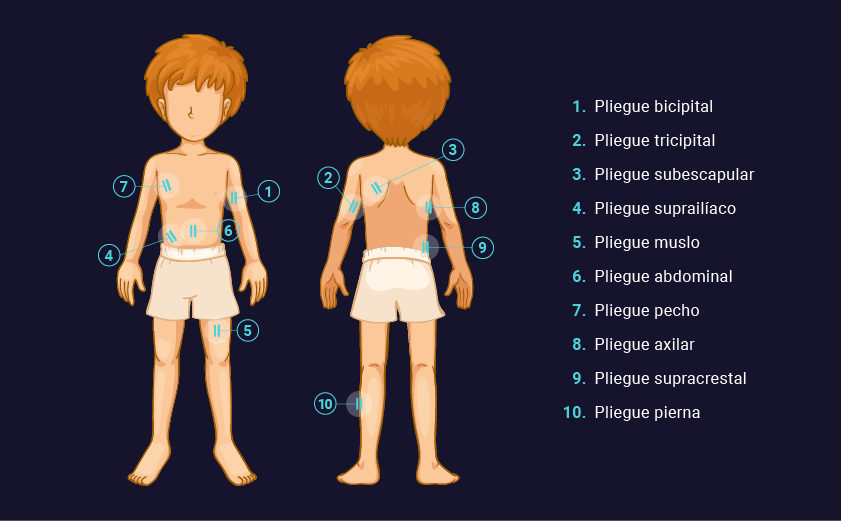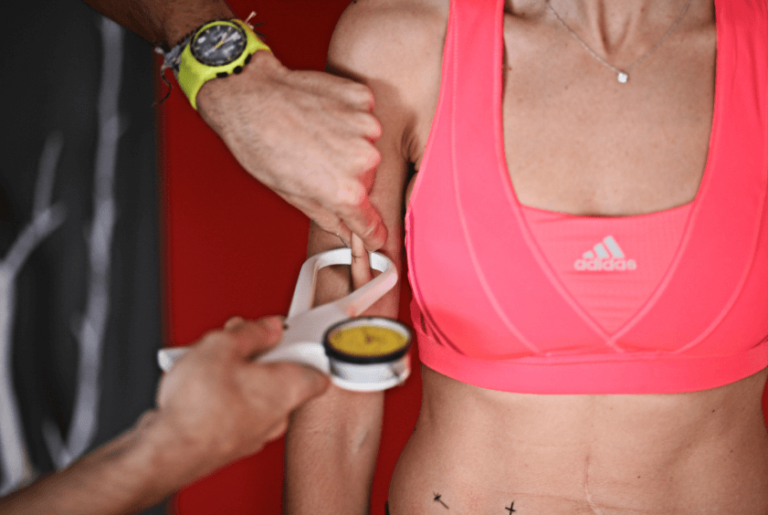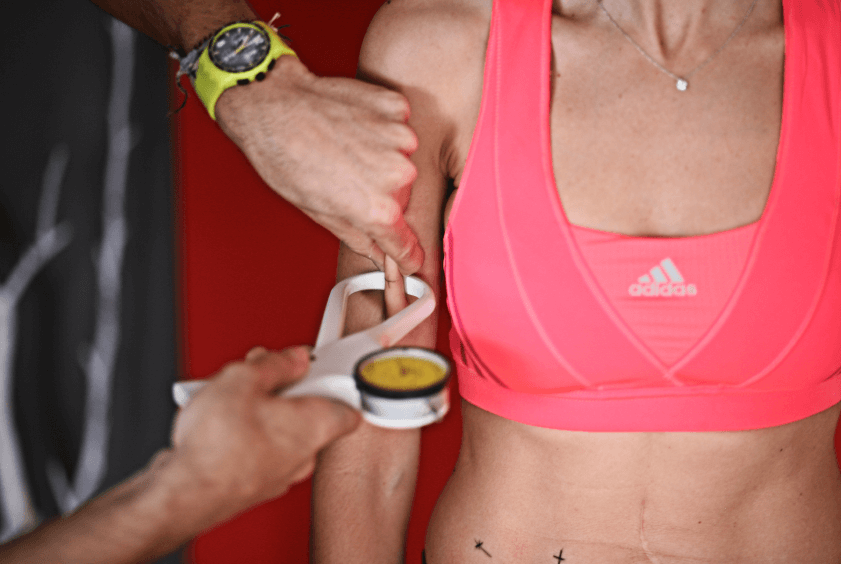Any modification of fat mass or muscle mass has a direct impact on sports performance. If you have read the post What is body composition and how to calculate body fat , you will know that the two most practical ways to know body composition they are anthropometry and bioimpedance.
In this post, we want to focus on anthropometries, the best-known technique for analyzing body composition in sports. Likewise, we will explain what advantages this method has in relation to Scales and bioimpedance to measure body composition.
What is anthropometry and what is it for ?
Anthropometry is a technique that allows us to analyze the body composition l and proportionality of each person to know how it affects their performance.
The central elements of anthropometry are height, weight, body circumferences and the thickness of the skin fold. Knowing these elements we can make a division of the body following a model of 4 components: muscle mass, fat mass, bone mass and residual mass.
Any parameter of the body composition that we can control is information that will help us to improve nutritional planning, the goal and result of the athlete with whom we are working. For this reason, the results can be used to know the starting point of a person, but above all to assess progress over time. This is important to keep in mind. An isolated measurement is not very valuable. Nutritionists are served by the trend of various measurements.
Nor can we forget that body composition also influences our energy expenditure. In this way, the more muscle mass, the higher the basal metabolism. In this video about how to gain muscle mass r you will see it more clearly.
As a positive point compared to bioimpedance , it should be noted that in an anthropometry we have a much more exhaustive control of the data. This allows us to know in greater detail the changes that have occurred and to understand the reasons for them.
In addition, it is not only important that anthropometry is carried out correctly, but also that it is accompanied by a adequate interpretation . Therefore, having the criteria of a sports nutritionist can be key.
What measurements does an anthropometric study include ?
In addition to basic measurements, such as height or weight, we differentiate 3 large groups of anthropometric measurements:
Perimeters
Body perimeters are calculated with a tape measure and allow us to know the evolution of muscle mass. It also allows us to have references, for example, by observing the perimeter of the waist.
The most used perimeters are the abdominal perimeter, that of the relaxed arm, that of the contracted arm, that of the medial thigh, that of the leg and that of the gluteus.
Diameters
Body diameters express the distance between two representative anatomical points and allow estimating bone mass. For its measurement it will be necessary to have a pachymeter .
The most important diameters in anthropometry are the bistyloid diameter (in the wrist area), the biepiphemur diameter (in the knee area) and the biepihmerus diameter (in the elbow area)
Folds
The measurement of the body folds allows to know the subcutaneous fat of a person and for its measurement it is necessary to have a caliper . In this way, an increase in the sum of the folds is indicative of an increase in fat mass.
The percentage of body fat (or fat mass) is calculated through different formulas. There are specific formulas for athletes, others for the general population …
The 9 body folds that can be measured in an anthropometry appear in the following image:

Reliability and contraindications
Anthropometry is a reliable technique , since all measurements have been standardized. They must be carried out only by qualified personnel and with an official certificate from ISAK (International Society for the Advancement of Kineanthropometry). In IND they are carried out by sports nutritionists with experience and ISAK level 1 accreditation and some level 2.
There is a variability in the measurement and quality of the measurement that will depend on the anthropometrist himself and the material used. For this reason, the calibration of the material and the constant training of the anthropometrist in measurement techniques will be very important.
There are very few complications as a direct result of anthropometric measurements, although it is true that the margin of error will be higher in people with morbid obesity due to the difficulty of evaluating some reference points. For example, bone lengths or certain skin folds.
How many types of anthropometry are there ?
As you can imagine, the types of anthropometry will depend on the measurements that are made. Specifically, in the IND center we differentiate 2 types of anthropometries:
1. Short anthropometry
It is based on measurements of weight, height, abdominal circumference, and three folds: supracrestal, supraspinal and abdominal. It can serve as a first measurement to take a reference point and, from there, do the complete measurement to evaluate how nutritional planning is working.
2. Complete anthropometry
In addition to the short anthropometry measurements, it includes: biceps crease, triceps crease, subscapular crease, anterior thigh crease, medial leg crease, arm relaxed perimeter, contracted arm perimeter, medial thigh perimeter, leg perimeter, gluteal perimeter, diameter bistyloid wrist, femur bicondyle diameter and humerus condyle-troch diameter.

If you want to complement your nutritional planning online with an anthropometry study, we are waiting for you at the IND center from Valencia with the caliper prepared 😉

